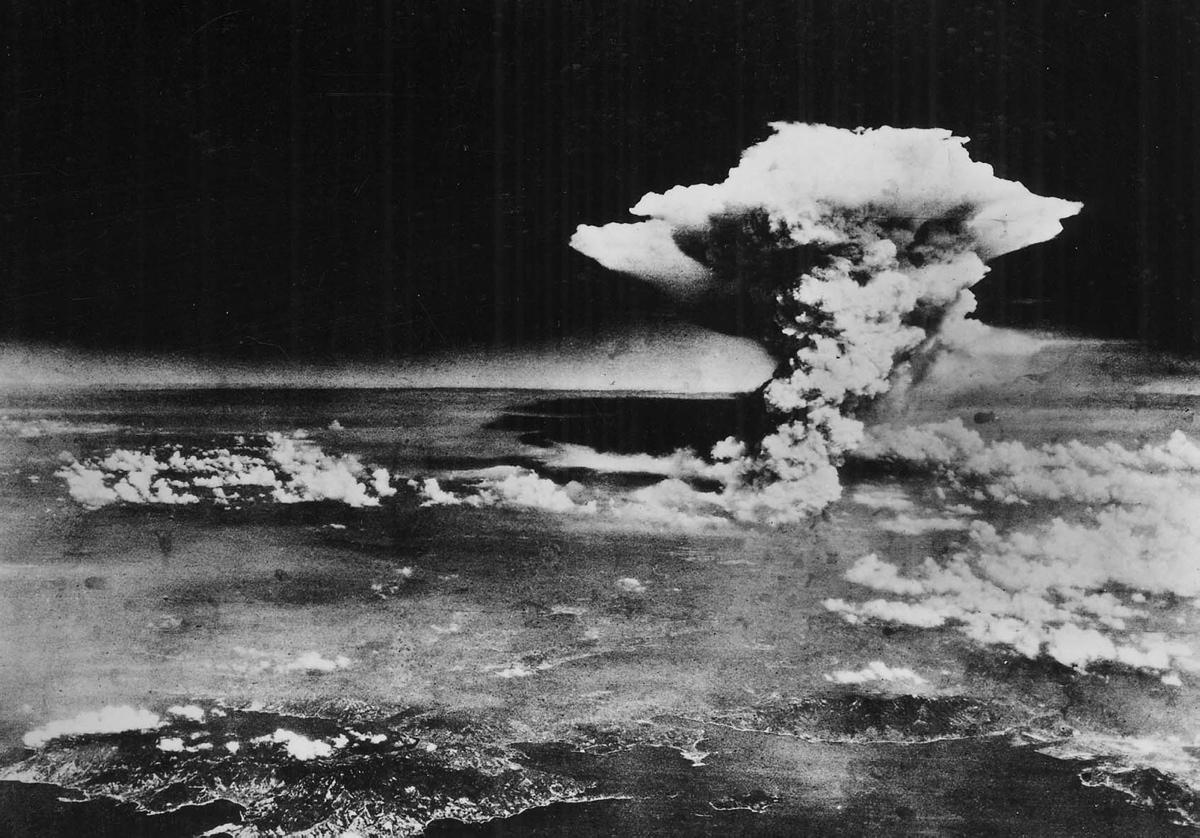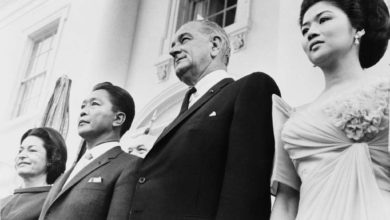The writer is a member of the Alliance for Just and Lasting Peace in the Philippines in Los Angeles.
Not too many people were surprised about the news of the Moro Islamic Liberation Front breaking off the peace talks with the Government of the Philippines on Dec. 16, 2007 in Malaysia. They knew it was coming.
The exploratory talks between the government and the MILF in Kuala Lumpur, Malaysia did not push through after the MILF backed out of the meeting due to a dispute over a draft agreement on territorial boundaries.
With the suspension of the peace talks, although the two sides said they are willing to talk about peace, fighting has intensified in the MILF areas of Pikit in Maguindao and the island of Basilan Sulu and Tawi-tawi, where a sizeable number of U.S. military advisers was deployed.
The peace talks between the National Democratic Front of the Philippines and the GRP have been in limbo since 2002. There are no more peace talks the government is engaged in right now. This has made the civil war raging in many parts of the Philippines bloodier.
Government impositions on the peace talks
The MILF rejected the inclusion by government negotiators of the phrase “constitutional process” in the proposed draft Memorandum of Agreement on ancestral domain as the mode for implementation of the agreement.
It was the same ploy the GRP negotiators wanted to impose on the NDFP when it suspended the talks in 2002 after the New People’s Army meted out punishment on Congressman Rodolfo Aguinaldo in Cagayan.
Aguinaldo was one of the worst human rights violators and was responsible for the death of thousands of people from 1982-2002 in Northern Luzon when he was with the military. He was trained under the Joint United States Military Assistance Group in Taiwan. He was the provincial commander of Cagayan and became the governor of Cagayan in 1988.
“They wanted the same constitutional process with the Moro National Liberation Front as the mode for the implementation. That’s their position and we cannot accept it. We have yet to see the document,” Eid Kabalu, MILF’s civil-military affairs chief, told the media.
Fighting over talking
The wide and shredded countryside of the Philippines became the battleground between revolutionary communist guerrillas and reactionary government soldiers. The flight of residents afraid of getting caught in the crossfire has created temporary communities in shelters where the civilians were taken for safety.
In Surigao del Sur, members of the Manobo tribe again fled their homes as government soldiers refused to leave their village. They turned it into a war zone. The plight of the Manobo evacuees has not improved and the drastic change that the war brought to their lives was best illustrated by a Manobo woman giving birth in an evacuation center in Tandag City, Surigao del Sur. Manobos from other villages have fled too after the military refused to heed their plea to leave their communities.
In General Nakar town, Quezon, members of the Agta tribe also fled their homes near the slopes of the Sierra Madre as government soldiers brought the anti-insurgency war there. Fighting has been reported along the Caramoan Peninsula.
Even the President Gloria Macapagal-Arroyo has pinpointed the whole Bicol region (composed of six provinces, including the islands of Masbate and Catanduanes) as an “NPA hotspot” and deployed a whole army division composed of nine battalions (5,000 men) this year.
The Alliance for Just and Lasting Peace in the Philippines supports the MILF demand that more than 1,000 Muslim villages be placed under ancestral domain. The GRP wanted these areas put under a “constitutional process.” The area is much bigger than the present day government sponsored Muslim Autonomous Region.
15 2 minutes read





